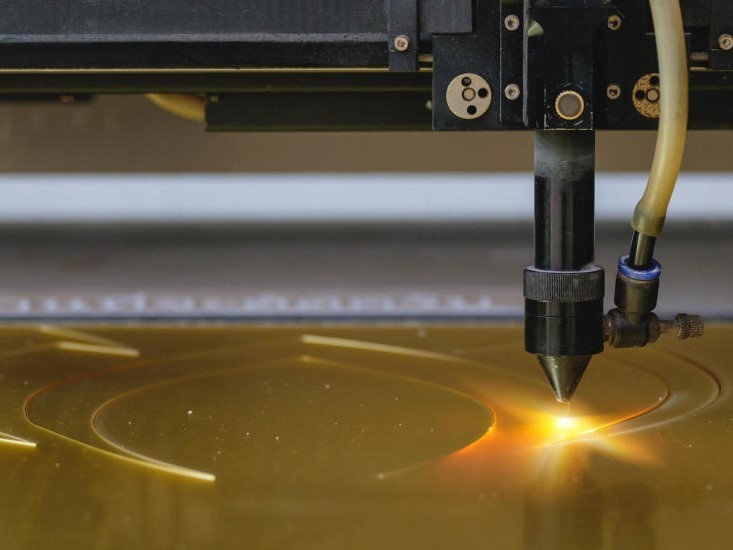
Accurate marking of products is often not possible if we do not have the appropriate equipment to make it. In many industries, companies can use labels
which are self-adhesive. That fully meets the needs of the company in terms of automatic identification of products. However, there are places where such solutions do not pass the exam, and entrepreneurs must look for an alternative that provides permanent marking, while maintaining reasonable implementation costs. It is for such companies that special lasers for engraving have been created, which guarantee the achievement of the intended effects. During laser engraving, the marking is placed by combined cavity treatment by melting and evaporation. The power density of the laser beam is so high that during processing the material melts or partially evaporates. A hollow is created in the material – laser engraving. A typical engraving depth is 10–50 μm. Under the influence of steam pressure of the evaporating material, the melt at the edge is displaced and hardens during cooling in the form of molten burrs. The engraving is U-shaped and narrower the deeper the laser penetrates into the material, since it is no longer possible to completely displace the smelting. The supply of thermal energy is severely limited locally by a small laser point and temporarily by extremely short pulses.
How does a laser work?
A laser is a device that uses the phenomenon of forced emission. It is a radiation generator, releasing a strongly focused beam of visible light, ultraviolet or infrared, capable of burning material in a small area. The most important parts of the laser are the active medium, the optical resonator and the pumping system. The last element conducts energy to the active medium, in which photon amplification then takes place, and the resonator selects the appropriate photons. Due to the specificity of the technology, lasers are useful in places where it is required to achieve maximum precision and aesthetics of engraving.